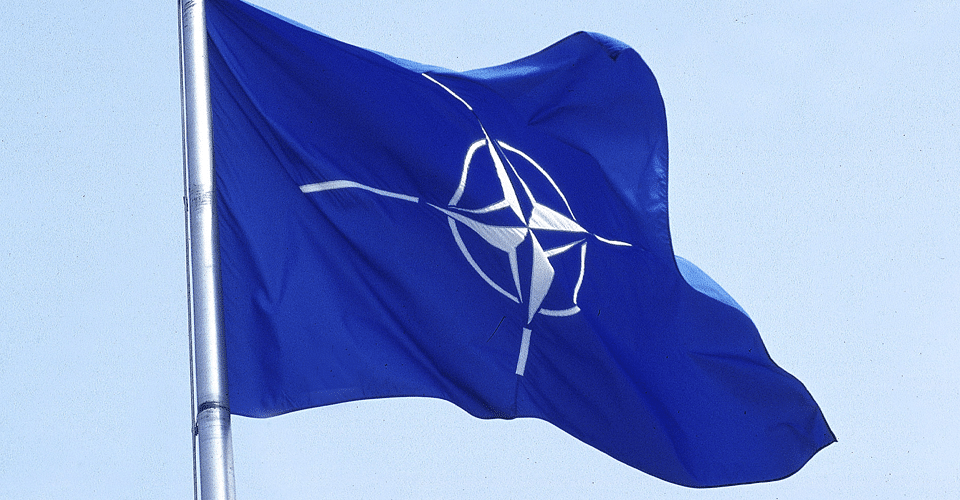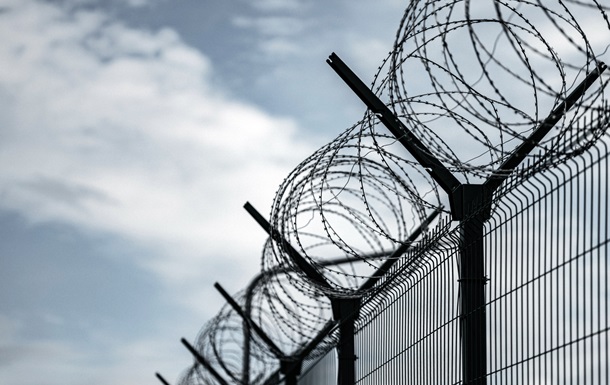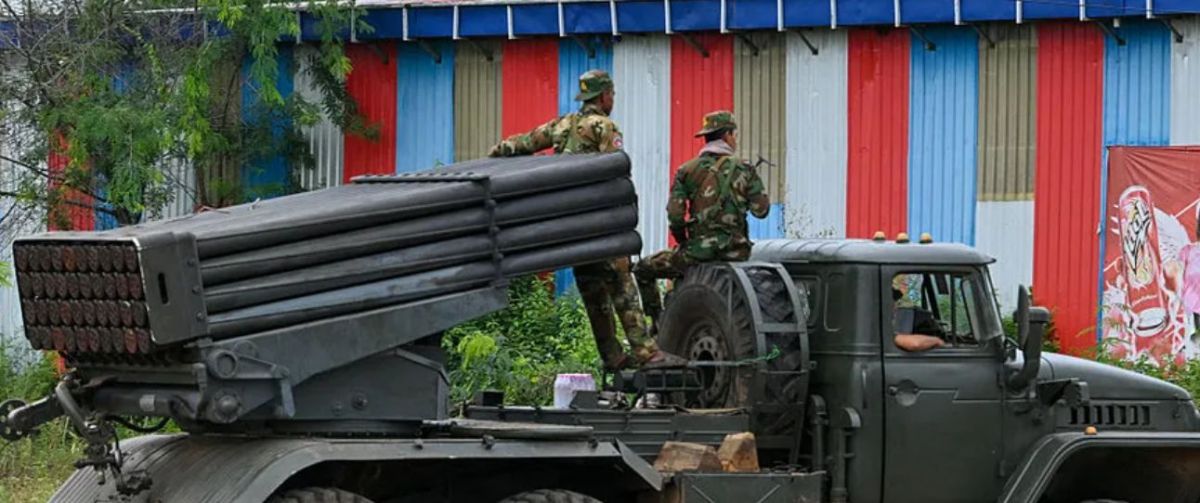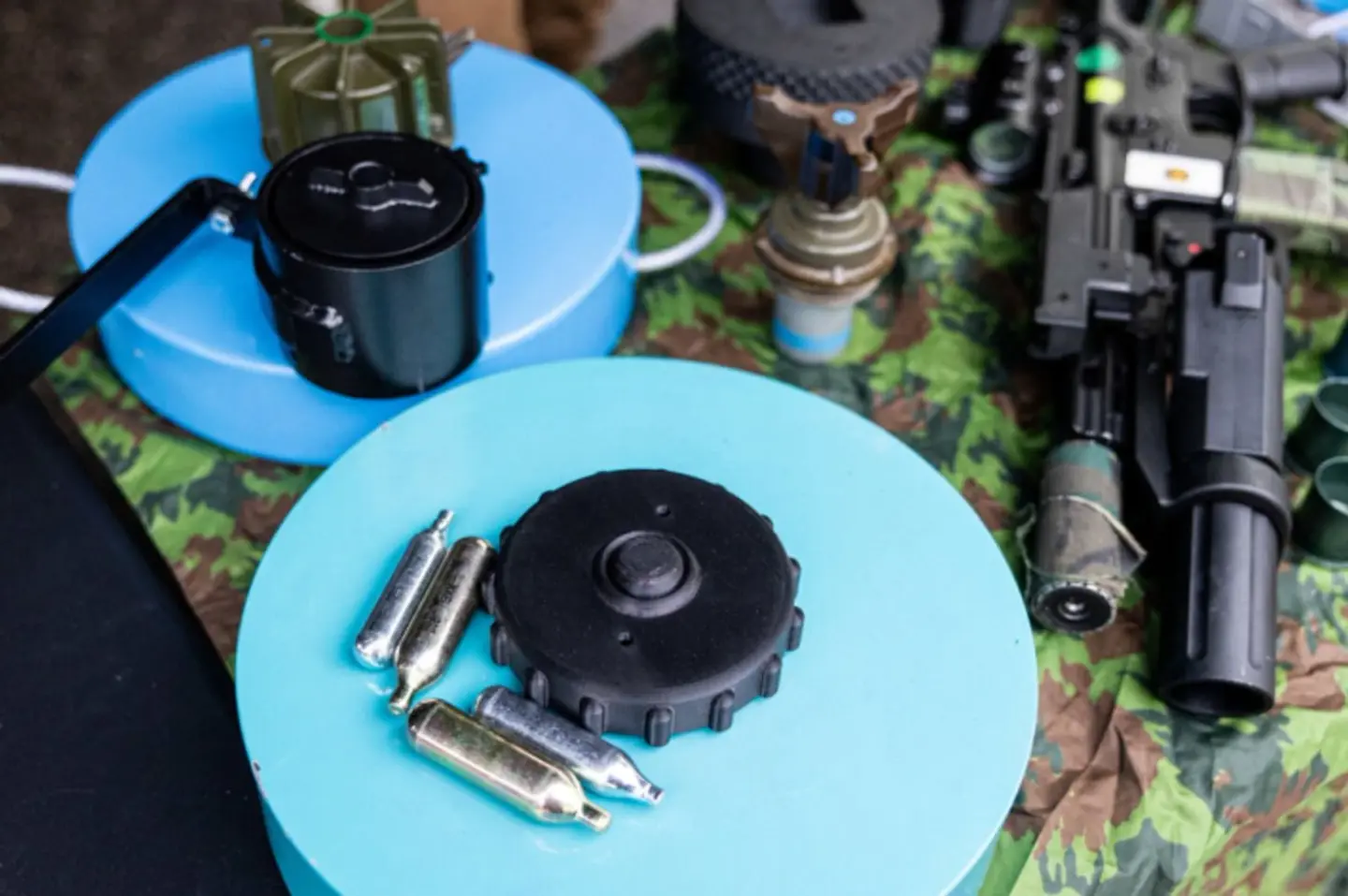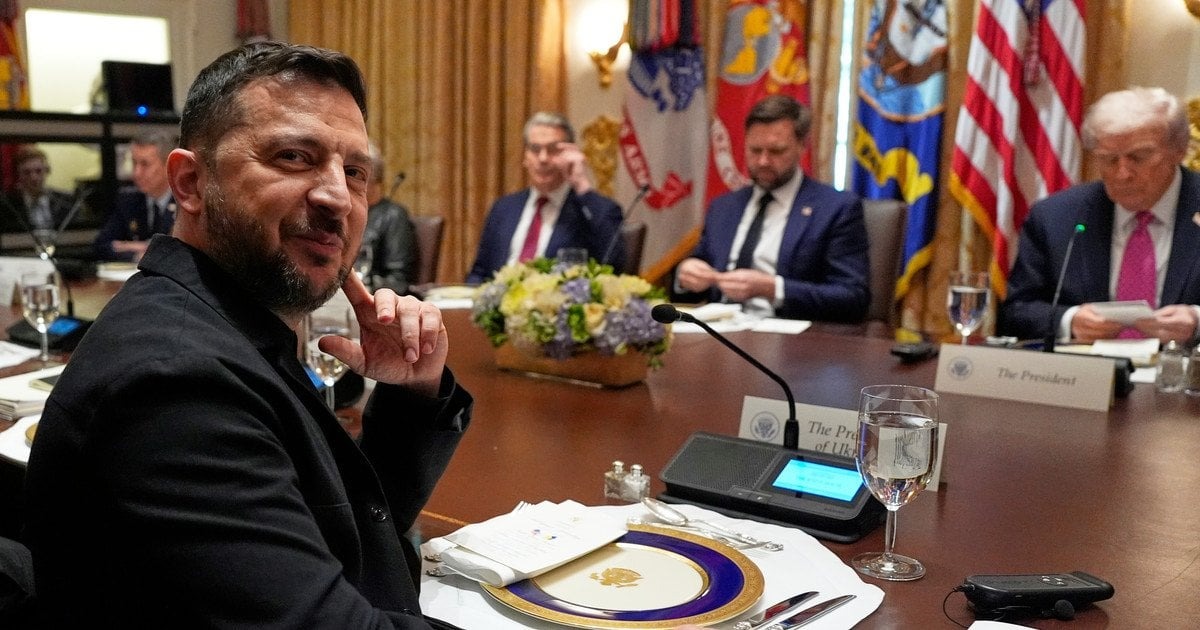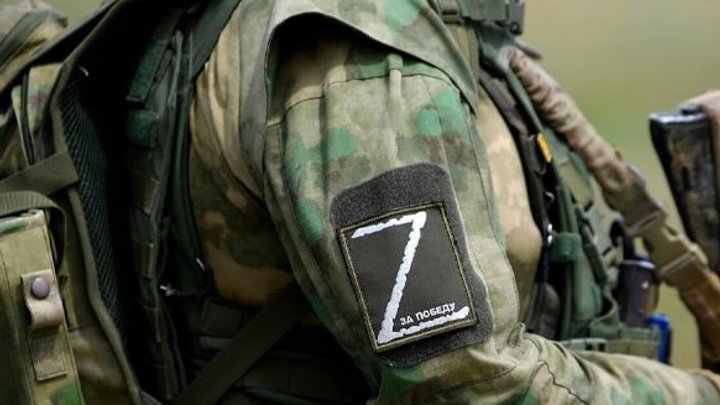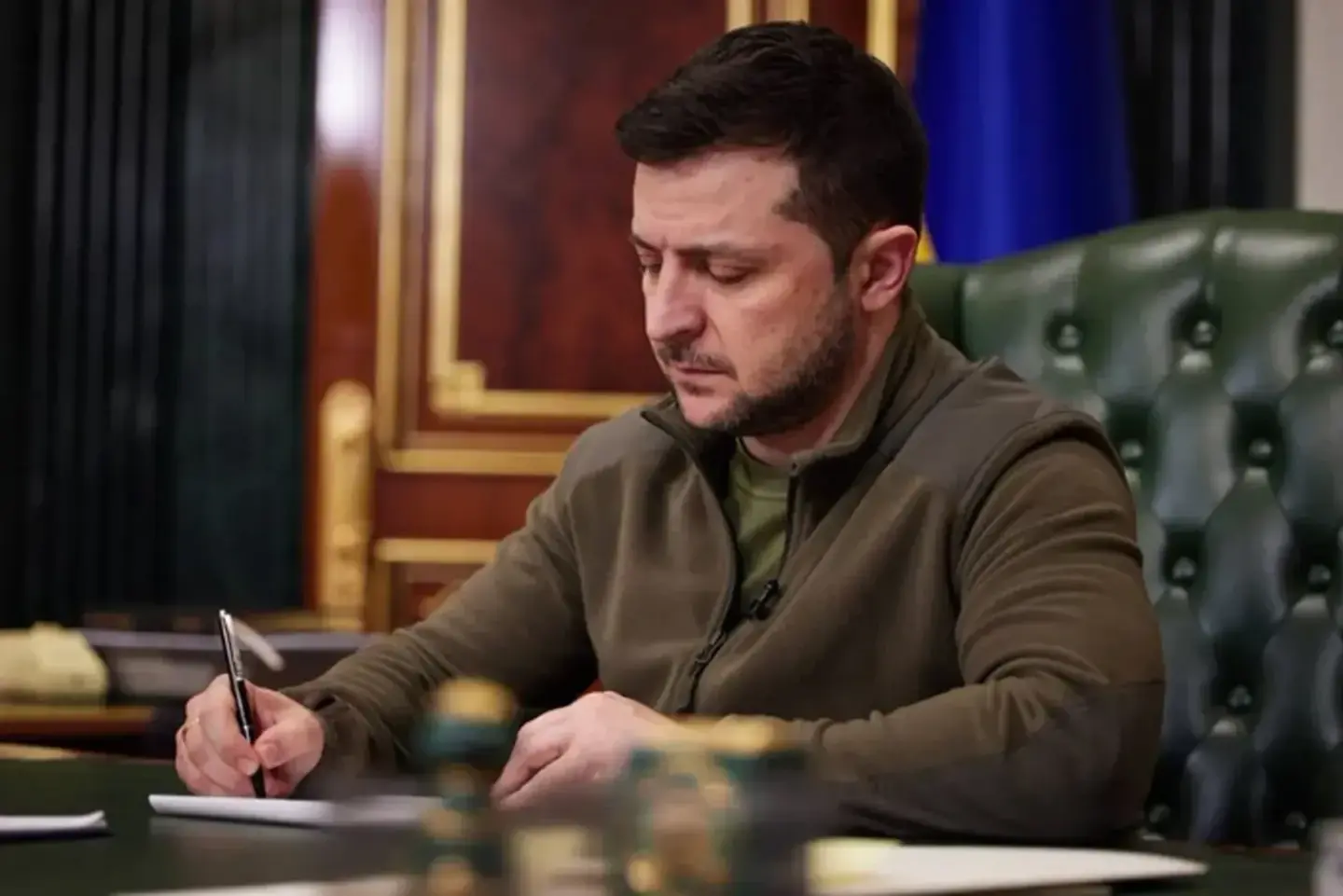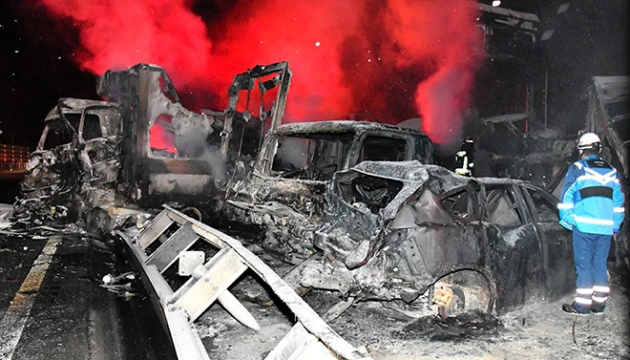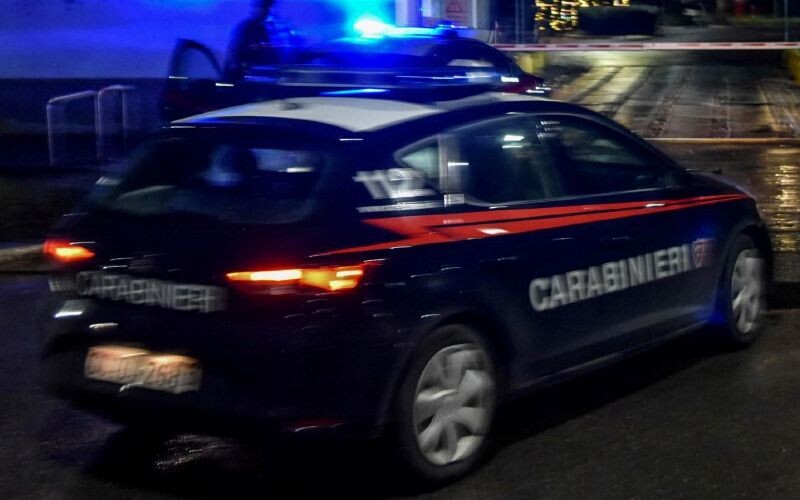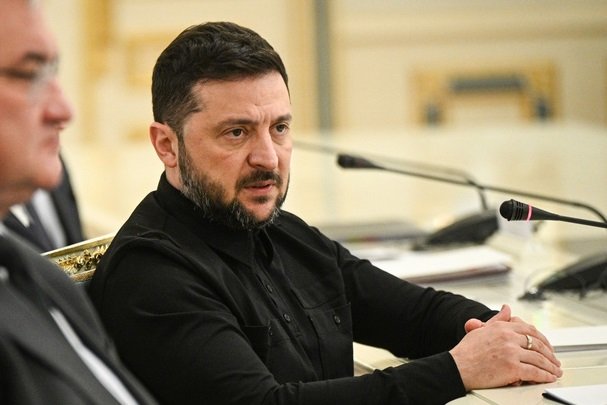Камеры видеонаблюдения https://hikvision.co.ua/kamery-videonablyudeniya/ осуществляют круглосуточный контроль над объектом, находящимся под охраной. В процессе работы устройства обрабатывают получаемое изображение и передают его через сервер на монитор диспетчера. Камеры видеонаблюдения могут отличаться по способу передачи информации.
Место установки камеры определяет его тип. К корпусу устройства для наружного монтажа предъявляются повышенные требования. Он должен иметь качественную герметизацию, быть устойчивым к температурным перепадам и осадкам. Камеры, используемые внутри помещений, не имеют такой дополнительной защиты корпуса.
Способ крепления камеры определяет возможность регулировки его положения в автоматическом режиме. Купольные модели могут крепиться к стене или потолку. После его фиксации можно выбрать необходимое положение. Цилиндрические устройства имеют защитный козырек от засветки. Их регулировка возможна только в горизонтальном или вертикальном положении.
Поворотные камеры видеонаблюдения пользуются особой популярностью. Объектив в них поворачивается на 360 градусов в разных направлениях. Скрытые модели обладают небольшими размерами, они могут быть как проводными, так и беспроводными. Автономного питания в скрытых моделях хватает на 4-6 часов работы.
Прежде чем купить камеру наблюдения нужно определиться, какой из видов подключения будет предпочтительнее. Аналоговые устройства передают изображение на процессор, который преобразует информацию в телевизионный сигнал. Цифровые камеры способны конвертировать полученную информацию в цифровой видеосигнал, отправляющийся на сервер. В беспроводных устройствах передача данных происходит посредством Wi-Fi. Такие устройства используют в местах, где существуют сложности с прокладкой проводов.
Камеры видеонаблюдения имеют различные характеристики, помогающие осуществить контроль над охраняемой территорией. Опция PTZ управления пользуется большим спросом. Функцию дает возможность оператору удаленно управлять устройством, осуществлять регулировку приближения, менять положение объектива.
Автоматизация систем управления видеокамерами позволяет настроить маршрут контроля. Оператор определяет периметр наблюдения, задает точки контроля. Камера будет осуществлять наблюдение в рамках заданных настроек.

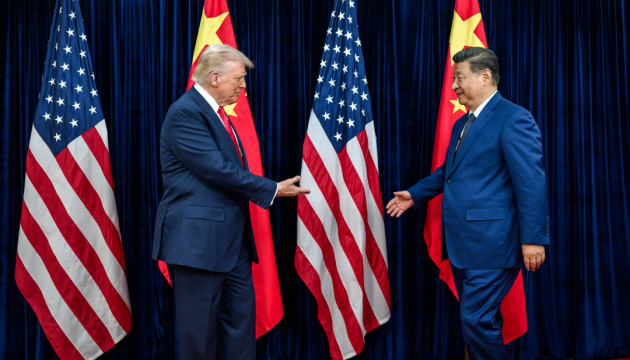
 4262
4262